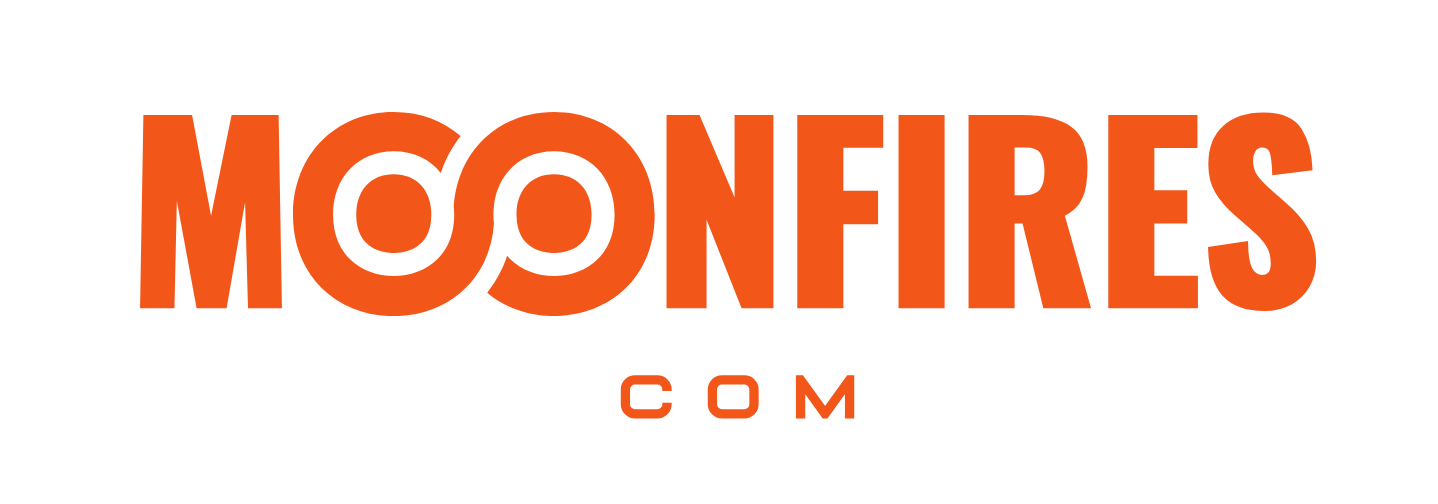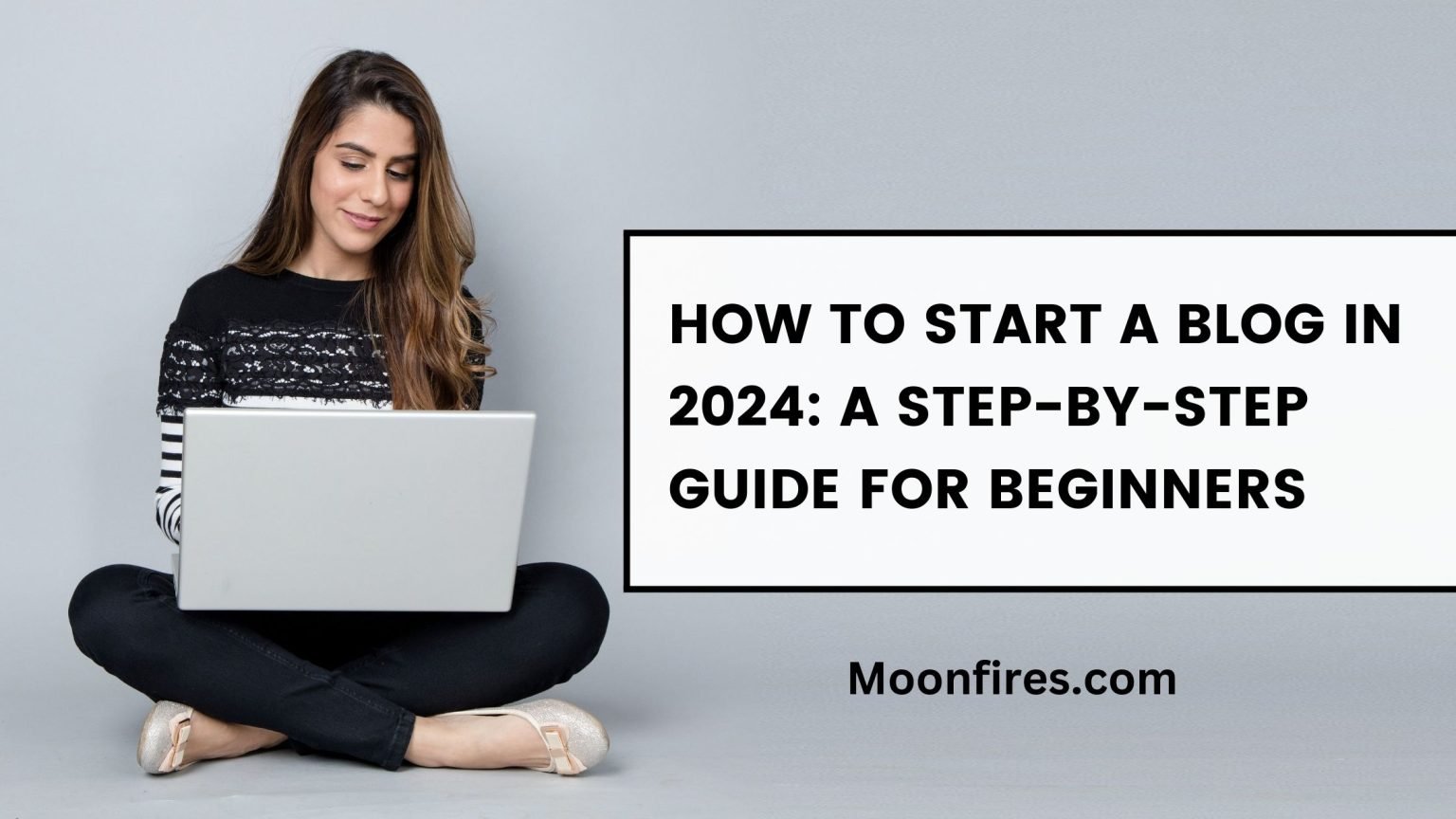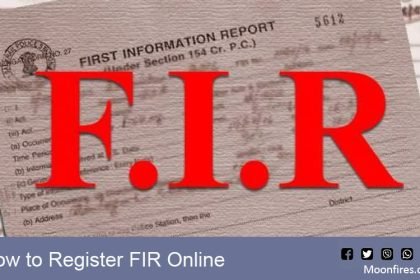Choosing Your Niche and Blog Name
When embarking on the journey to start a blog in 2024, the first critical step is selecting a niche. Your niche should align with your interests, expertise, and the needs of your target audience. Picking a niche that resonates with your passion ensures sustained motivation and authenticity in your content creation. Additionally, your expertise in the subject matter will establish credibility and attract a dedicated readership.
Niches can vary in scope; they can be broad or narrow. A broad niche, such as lifestyle or travel, offers a wide range of topics to cover, appealing to a diverse audience. However, it can also mean more competition. Conversely, a narrow niche, like vegan recipes for athletes or vintage car restoration, targets a specific audience with focused content. This approach can lead to a loyal following and less competitive landscape. Both strategies have their benefits, so choose based on your comfort and goals.
Conducting market research is essential to identify profitable niches. Analyze current trends, search for gaps in the market, and assess the competition. Tools like Google Trends, keyword research tools, and forums can provide valuable insights into what potential readers are searching for. Additionally, consider monetization opportunities within the niche, such as affiliate marketing, sponsored content, or digital products.
Once you have chosen your niche, the next step is brainstorming a unique and memorable blog name. Your blog name should reflect your content and appeal to your target audience. It should be easy to remember, spell, and pronounce. Avoid overly complex or lengthy names. Utilize tools and resources like domain name generators, thesauruses, and keyword tools to spark creativity and ensure the availability of your desired domain name.
In summary, selecting the right niche and blog name forms the foundation of your blogging venture. A well-chosen niche aligned with your passion and expertise, combined with a memorable and relevant blog name, will set you on the path to success in the competitive blogging landscape of 2024.
Setting Up Your Blog: Domain, Hosting, and Platform
Embarking on your blogging journey begins with establishing a strong foundation, which involves selecting a reliable hosting provider and purchasing a domain name. A hosting provider is essential as it stores your blog’s files and makes them accessible online. When choosing a hosting provider, consider factors such as uptime reliability, customer support, and scalability options to ensure your blog remains accessible and can grow with your audience.
The next step is purchasing a domain name, which serves as your blog’s address on the internet. Opt for a domain name that is easy to remember, reflects your blog’s niche, and is relatively short. Many hosting providers offer domain registration services, making the process seamless.
Once your domain and hosting are set up, the next critical decision is selecting a blogging platform. Various platforms are available, including WordPress, Blogger, and Wix. Among these, WordPress is highly recommended for beginners due to its flexibility, extensive support community, and the myriad of plugins available to enhance your blog’s functionality.
Setting up your blog on WordPress involves a series of straightforward steps. After purchasing your hosting and domain, you can install WordPress with a single click through most hosting dashboards. Once installed, you can choose from thousands of free and premium themes to give your blog a professional look. Select a theme that is not only visually appealing but also mobile-friendly, as a significant portion of web traffic comes from mobile devices.
Customization is key to making your blog stand out. WordPress allows you to customize basic settings such as your site’s title, tagline, and permalink structure. Additionally, you can install essential plugins to enhance your blog’s performance, such as caching plugins for faster load times and SEO plugins to optimize your content for search engines.
Ensuring your blog is mobile-friendly and optimized for performance is crucial. A mobile-responsive design adapts seamlessly to different screen sizes, providing a better user experience. Performance optimization can be achieved by compressing images, minimizing the use of heavy scripts, and leveraging browser caching.
Creating Engaging Content and Building an Audience
Creating high-quality, engaging content is a fundamental aspect of successful blogging. The key is to produce content that resonates with your target audience, addressing their interests, concerns, and preferences. Consistency is crucial; posting regularly helps maintain reader interest and establish your blog as a reliable source of information. Developing a content calendar can aid in planning and organizing your posts, ensuring you cover a variety of topics and maintain a steady flow of content.
Writing compelling headlines is essential for capturing reader attention. A headline should be both informative and intriguing, encouraging readers to click through and read the full post. Incorporating SEO best practices into your content is also vital. This includes using relevant keywords naturally within your text, optimizing meta descriptions, and ensuring your posts are easy to read. Avoid keyword stuffing; instead, focus on providing valuable information that naturally includes your chosen keywords and their synonyms.
Enhancing your posts with multimedia elements such as images, videos, and infographics can significantly boost engagement. Visual content helps break up text, making posts more visually appealing and easier to digest. Additionally, multimedia elements can convey complex information more effectively than text alone, enhancing the overall user experience.
Promoting your blog through social media platforms is an effective way to reach a broader audience. Share your posts on relevant channels, engage with followers, and participate in discussions to increase visibility. Email marketing is another powerful tool; building an email list allows you to reach your audience directly, share new content, and promote special offers or events. Networking with other bloggers in your niche can also expand your reach. Collaborate on projects, guest post on each other’s blogs, and share each other’s content to tap into new audiences.
Engaging with your readers through comments and feedback is vital for building a loyal audience. Respond to comments on your posts, ask for feedback, and create opportunities for interaction. This not only fosters a sense of community but also provides valuable insights into what your readers enjoy and what they want to see more of.
4. Monetizing Your Blog and Measuring Success
Monetizing your blog offers a rewarding avenue for turning your passion into profit. There are several effective methods to consider. Affiliate marketing is a popular choice, where you earn a commission by promoting products or services through special links. Sponsored posts are another option, where companies pay you to write about their products. Additionally, selling digital products such as e-books, courses, or templates can generate substantial income. Offering services like consulting or freelance work based on your niche expertise is also a viable monetization strategy.
Diversifying your income streams is crucial for financial stability. Relying solely on one method can be risky, as market conditions and audience preferences can change. A combination of affiliate marketing, sponsored posts, digital products, and services can create a balanced and resilient income portfolio. Transparency with your readers about monetization efforts is essential. Clearly disclose affiliate links and sponsored content to maintain trust and credibility with your audience.
Setting realistic financial goals is imperative for sustained success. Start with achievable targets and gradually aim higher as your blog grows. Tracking your progress is equally important. Utilize web analytics tools like Google Analytics to monitor your blog’s performance. Analytics can provide valuable insights into visitor behavior, traffic sources, and conversion rates. These metrics help you understand what’s working and where improvements are needed.
Continually assessing and refining your strategy based on performance data and reader feedback is key to long-term success. Regularly review your analytics to identify trends and adjust your content and monetization tactics accordingly. Engaging with your audience through comments, surveys, and social media can provide direct feedback on what they value and expect from your blog. By staying adaptable and responsive, you can ensure your blog remains relevant and profitable in the ever-evolving digital landscape.
If you want to start you own blog today, please comment !!!
How do I start a blog with no money?






 If you want to use your preferred UPI app, our UPI ID is raj0nly@UPI (you can also scan the QR Code below to make a payment to this ID.
If you want to use your preferred UPI app, our UPI ID is raj0nly@UPI (you can also scan the QR Code below to make a payment to this ID.






